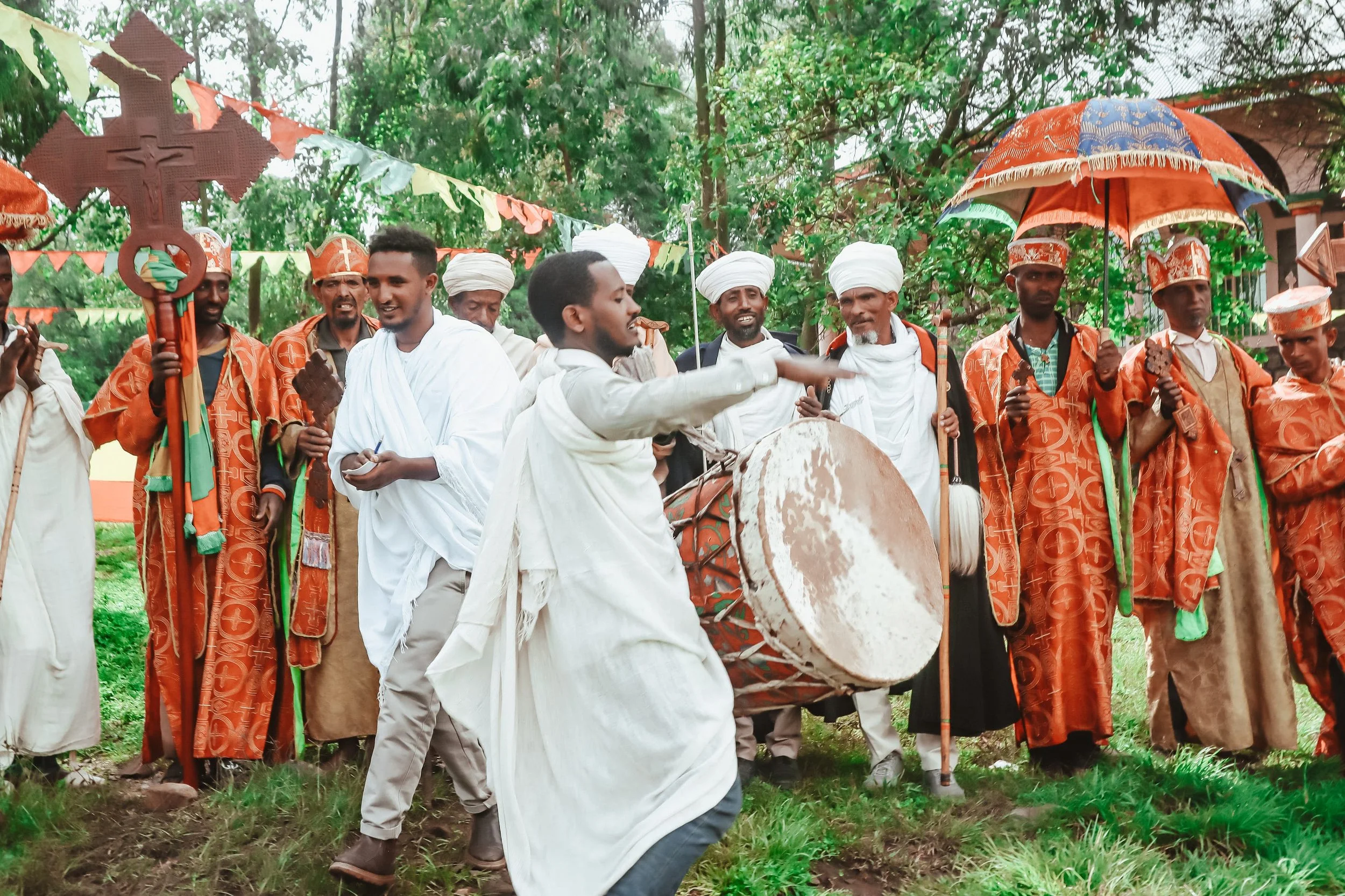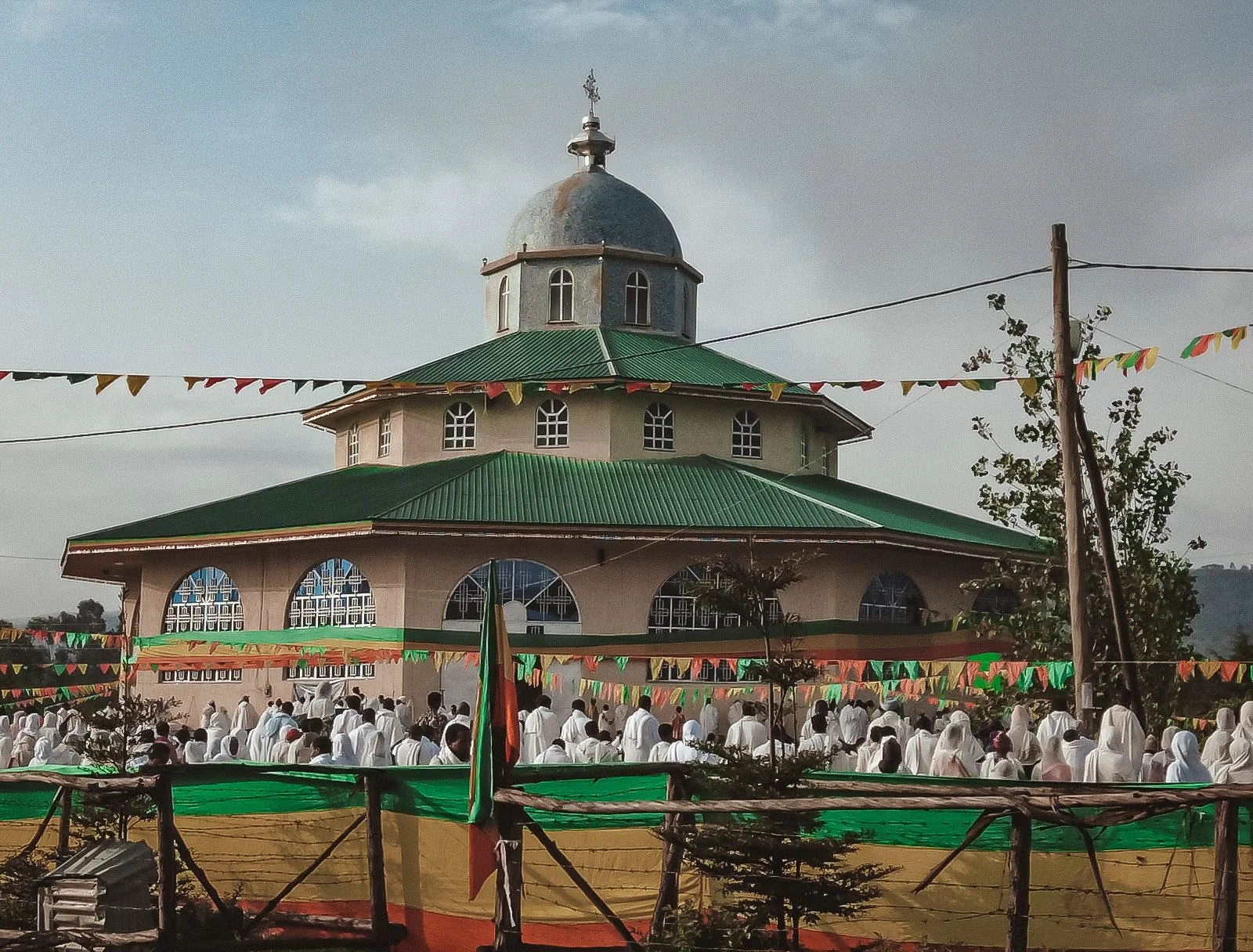Ethiopia’s church forests are a real wonder
Last year I got to visit some Tewahido Orthodox Churches in Amhara, Ethiopia and that was extremely meaningful visit.
The Ethiopian Orthodox Church has somewhere between 36-50 million adherents, which makes it one of the largest Christian denominations. In spite of this, it seems to receive relatively small amounts of attention compared to other branches that have more prevalent congregations in the U.S. and Europe. There are many Christians who are simply unaware of the Ethiopian Orthodox Church.
On my visit, I got to explore the church forests, as the church has a longstanding tradition of cultivating a forest around the perimeter of each church. As much of Ethiopia has been turned into desert, these church forests have turned into protected spaces of biodiversity and indigenous species.
The Ethiopian Orthodox Church places a heavy emphasis on the God-given role humanity has to take care of creation. And the churches are meant to serve as little Gardens of Eden, offering a glimpse of heaven’s flourishing nature. So, across the brown sands of the Ethiopian deserts, you’ll find patches of deep green surrounding the churches.
I’ve wanted to see one in person and I got my chance when visiting Ethiopia. The surface knowledge I had on these churches from National Geographic articles and photos only scratched the surface of what I learned from being invited into the temples and getting to interview a few priests and deacons. I even received a blessing from one of the holy fathers at the end. This is perhaps my favorite video that I’ve made.
I was received very warmly by the priests and deacons of these churches, who offered me blessings with ash and holy water. They also invited me to ask any questions about the faith.
As a Christian, I was appreciative of the way their faith integrates nature alongside devotion. Here are a few ways the visit had an impact on me…
The Ethiopian Orthodox Church is one of the oldest standing Christian denominations in the world.
It was second only to Armenia at adopting Christianity as a state religion… over 50 years ahead of the Roman Empire. Outside of Ethiopia and Armenia, I’m only aware of a handful of churches across Palestine, Turkey, Jordan and Iraq that have a more direct tie to the original apostles.
I think we lose a lot when we lose sight of how old and ancient our faith is. We become obsessive over concepts and practices that didn’t exist 100 years ago, let alone 1000. A deeper understanding of how our faith spread globally, especially prior to Rome, has helped deepen my sense of what’s held up over time.
One thing I’ve observed is that without this appreciation for the age of faith, it becomes a lot easier to make it an individualistic endeavor. To overinflate the importance of what we can observe within our lifetimes.
When you understand that your faith is something that’s been inherited and then gets passed on, it makes it easier to see that it isn’t a story about your own prosperity or building your own personal narrative, it helps free it from the individualism that often works its way into Western Christianity, where faith is more a matter of one’s personal beliefs and morals, but distant from community and society.
My visit to the Ethiopian Orthodox Church was also a reminder of how diverse and multicultural the Christian faith is.
Almost all depictions of churches in Western media are similar. The priest dresses in full clerical collar, the choir looks Methodist, there’s a Catholic confession, Baptist-ish theology, and the priest calls everyone ‘my child.’
Most of all, these are mostly based on an amalgamation of American churches. Whenever you see something that differs even slightly, like the Korean American Evangelical church in Beef, it’s refreshing.
So many Christians, especially American Christians, don’t have a strong awareness of the global scope of the faith. So many of us are unaware that a church like the Ethiopian Orthodox Church even exists.
It’s also easy to conflate Western values with Christian ones when we stop tracing our church history beyond Europe. We lose sight of where things like an emphasis on nuclear families, industriousness, and nonconformity become conflated with morality. That’s not to say these things can’t be arrived at through Scripture, but the emphasis they are given over broader community, rest, and cooperation are largely American.
Interacting with Ethiopian Orthodox Christians gave me a deeper appreciation for devotion.
Many Ethiopian Orthodox practitioners are extremely devout. Outside of a church, it isn’t uncommon to see people fully bowed forward kissing the gates.
Kissing the sculpted crosses held by the church fathers is another very visible display of devotion.
Within the church, there’s a strong sense of sacred space. The churches are structured like the tabernacles of the Old Testament, in concentric circles. The center space is the most sacred, with access typically being granted to the most senior priest.
In Western culture and faith, reverence is often downplayed. Sometimes, the opposite value, irreverence is more often hailed as a virtue.
Finally, the Ethiopian Orthodox Church helped me want to better integrate nature with spiritual disciplines.
In many Christian traditions, nature is often hailed as “God’s other book,” or another arena through which we can discover the divine.
Watching the deliberate approach the Ethiopian priests took to their church forests was inspiring. Most of the priests could give me an in depth history and explanation of the practical uses of each native tree. The ecological knowledge of each priest was also quite impressive.
The priests and practitioners took seriously their call to be good stewards of creation. “One day, we’ll have to explain to God how we took care of the world we were given,” a number of them told me. “We will be evaluated on how well we took care of the place in front of us.”
A number of them told me that the church should be like a mini Garden of Eden.
Getting to walk through the Ethiopian church grounds and spend time with the priests was a truly memorable life experience I am so thankful I had. I appreciate any reminder that one of the best things about faith is that it’s a posture that says “there’s more to the story.”
It’s important to remember that there’s more to the story of a faith than the way we usually see it expressed.






